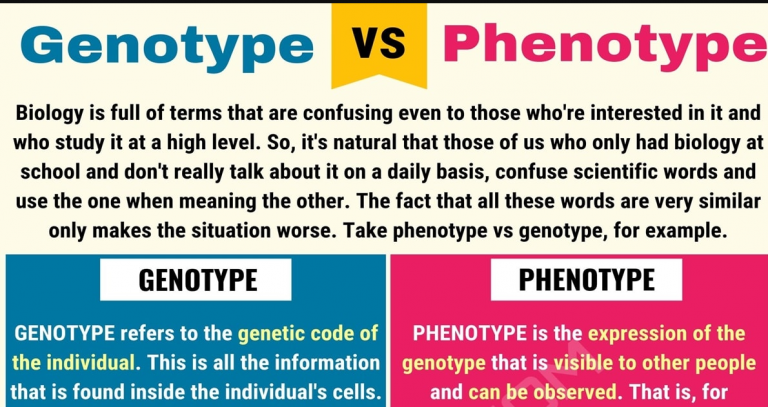Innate Testing to support Treat Mind Disorders

Lymphoma is a very problematic disease that raises considerable impediments in the operation of analysis. Considering the fact that it could occur in many different forms and produce a big spectrum from unspecific symptoms, lymphoma is frequently diagnosed with the help of many different approaches. In order to identify the correct diagnosis, pathologists need to assess the disease by multiple facets. Morphological attributes, as well as the genotype and phenotype of the lymphoid lesions ought to sometimes end up being carefully studied in the process in diagnosis. The administration of lymphoma treatments and therapies can only start out after persons with suspected lymphoma receive the correct diagnosis.
In order to expose evidence of the condition in clients with supposed malignant lymphoma, doctors frequently perform a combination of preliminary assessments. These tests include bloodstream analyses, complex physical exams (enlargement from the lymph nodes often implies the presence of lymphoma) and sometimes neighboring biopsies in the bone marrow.
Tissue biopsies can provide most cancers specialists with valuable info regarding the kind of lymphoma, the type of cells included in causing the condition, the development rate on the lymphoma, together with the prognosis on the affected person. In https://itlessoneducation.com/genotype-vs-phenotype/ to disclose whether the lymphoid lesions are of benign or malign nature, pathologists analyze the tissue sample from multiple perspectives: total cell appearance under the microscopic lense (morphological examination), exact mobile phone subtype (phenotype analysis) and genetic provenience (genotype analysis). If the studied lymphoid wounds prove to be malignant, doctors will start the supervision of chemotherapeutic drugs soon after the type of lymphoma is properly classified.

An essential stage during diagnosing lymphoma consists in carefully investigating the morphological features of the lymphoid lesions. The morphological characteristics in the lymph nodes and flesh provide doctors with important data around the disease, encouraging them separate benign types of lymphoma through the malignant ones. Although morphological investigations are very important in the process in diagnosing lymphoma, doctors frequently choose to even more further analyze the tissue samples by accomplishing phenotypic and genotypic checks.
In order to identify the phenotype of the lymphoid cells, medical professionals conduct a few tests which have been commonly known as cell sign analysis. The operation characteristic to tests requires the use of several antibodies designed for revealing distinct cell paintball guns carried by means of malignant lymphatic cells. These kinds of tests provide doctors clear information about the causative cells to help in finding out the exact sort of lymphoma. Although they can also show you the presence of Hodgkin's Disease, cell marker checks are commonly employed to identify Non-Hodgkin's Lymphoma subtypes. Such exams are used to find whether the lymphoma is caused by abnormal activity of B-cells as well as T-cells and how mature the causative cells are.
In rare cases, merely genotypic research can help medical professionals determine if the lymphoid lesions are benign or malignant. Genotypic testing involve complex analyses with the cells' ancestral composition and comprise several different solutions: cytogenetic studies, the polymerized chain impulse method and the Southern blot hybridization examination. Despite the fact that some tests offer doctors with detailed information concerning lymphoma, also they are time consuming and costly. As a result of these cons, they are just performed within special situation, when all tests do not reveal decisive data on lymphoma.
